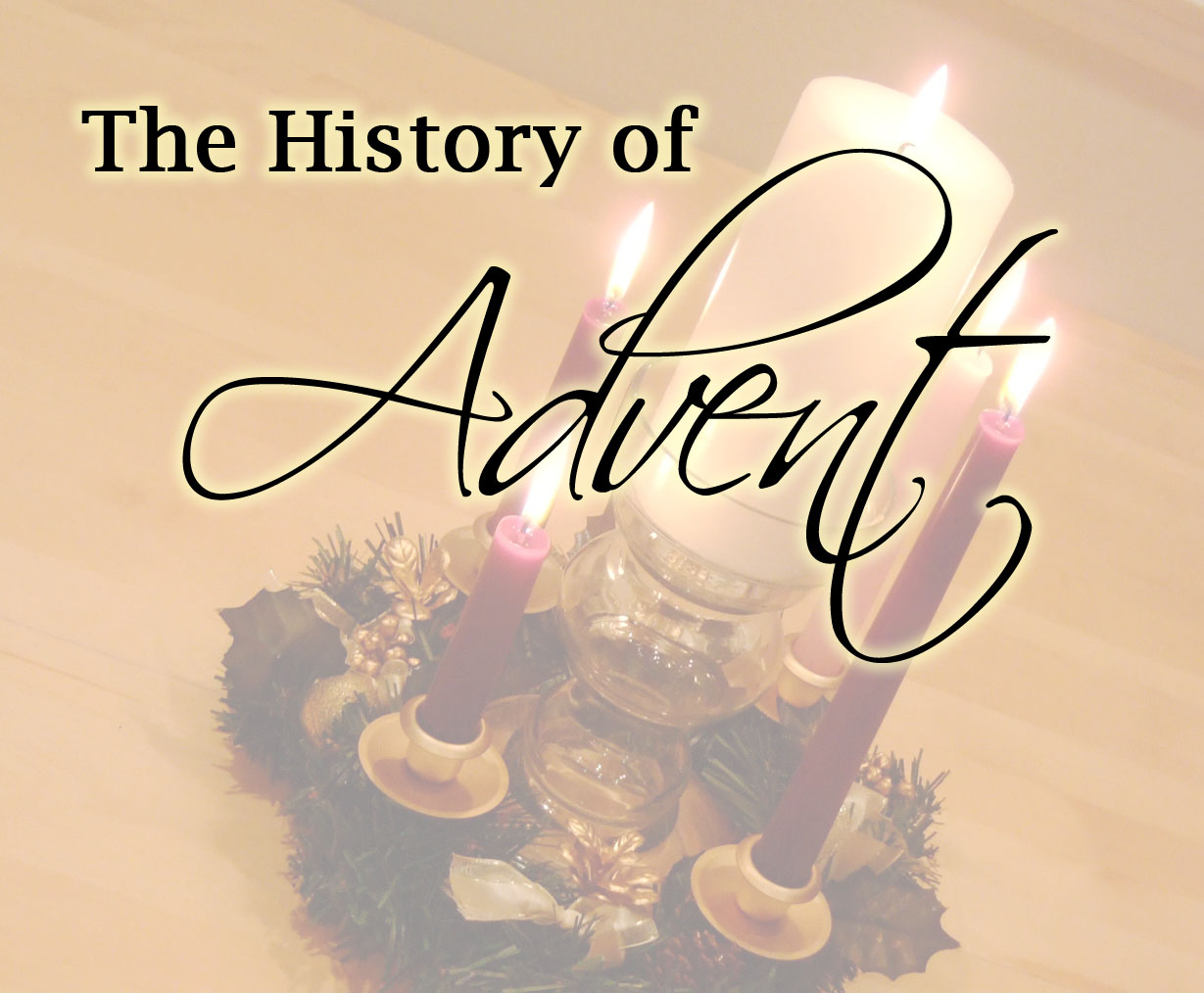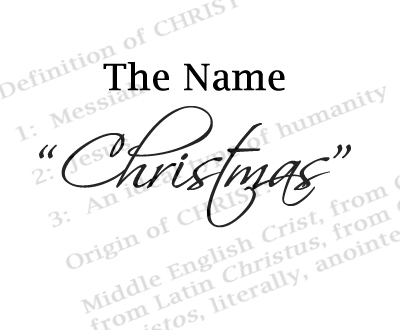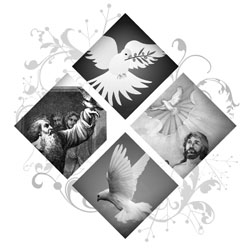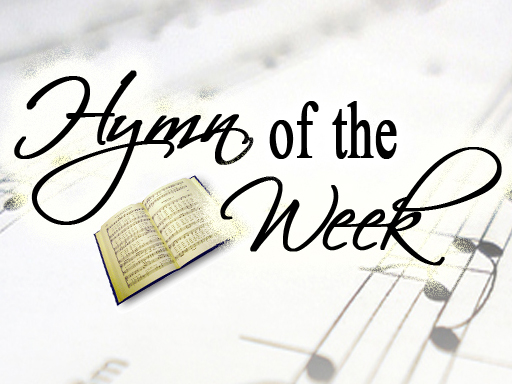The Twelve Days of Christmas
The “Twelve Days of Christmas” are the days between Christmas and Epiphany (January 6).* Epiphany comes from the Greek word “epiphaneia” which means “appearance,” “manifestation” or “showing forth.” Western Christians generally celebrate Epiphany as the day the Wise Men first saw Jesus (when Jesus first “appeared” to them). However, throughout history, Christians have also celebrated Christ’s baptism and the miracle at the wedding in Cana on this day. For some Eastern Christians, Christmas Day is celebrated on January 6th.

Since modern American celebrations take place between Thanksgiving and Christmas, we have all but lost the history associated with the twelve days of Christmas. In the past, the greatest celebrations of the season happened after Christmas. Authors Joe Wheeler and Jim Rosenthal note:
“It was not so long ago that most everyone in Christian nations celebrated the twelve days following Christmas Day. Today, so many have ceased to observe these days that people lift their eyebrows in puzzlement when Shakespeare’s Twelfth Night play is discussed or ‘The Twelve Days of Christmas’ is sung.”1
A common misconception is that the twelve days of Christmas are the days before Christmas when they are actually the days after Christmas. Furthermore, the notion of the twelve days of Christmas is known to many Americans only by the popular carol of the same name. Ironically, though the importance of the actual twelve days of Christmas has been lost, the song has been infused with significant spiritual meaning that did not originally exist.
History of the Song “The Twelve Days of Christmas”
There are widely circulated claims that the “true love” of the song refers to God and that each verse represents a point of Christian doctrine as follows:
1 Partridge in a Pear Tree (Jesus)
2 Turtle Doves (The Old and New Testaments)
3 French Hens (Faith, Hope and Love)
4 Calling Birds (The Four Gospels or the Four Evangelists)
5 Golden Rings (The First Five Books of the Old Testament, the “Pentateuch”)
6 Geese A-Laying (The Six Days of Creation)
7 Swans A-Swimming (The Seven Gifts of the Spirit or the Seven Sacraments)
8 Maids A-Milking (The Eight Beatitudes)
9 Ladies Dancing (The Nine Fruits of the Spirit)
10 Lords A-Leaping (The Ten Commandments)
11 Pipers Piping (The Eleven Faithful Apostles)
12 Drummers Drumming (The Twelve Points of Doctrine in the Apostles Creed)
The idea that the carol was written with intentional Christian symbolism is probably a confusion of the song with another similar title, “In Those Twelve Days.” The first four verses (out of 12 total) are as follows:
“What is that which is but one?
We have but one God alone
In heaven above sits on his throne.
“What are they which are but two?
Two Testaments, as we are told
The one is New, the other Old
“What are they which are but three?
Three persons of the Trinity,
The Father, Son and Ghost Holy.
“What are they which are but four?
Four Gospels written true,
John, Luke, Mark and Matthew.”2
Verses 1, 2, 4, 8, and 10 of “In Those Twelve Days” share the same meaning as the supposed hidden message of “The Twelve Days of Christmas.” But the fact is that “The Twelve Days of Christmas” probably had little relevance to the Christian significance of the celebration other than its association with a game played on Twelfth Night (January 5, the night before Epiphany). According to The New Oxford Book of Carols:
“This song derives from a traditional forfeits game which was played on Twelfth Night (hence the twelve days). Each player would have to remember and recite the objects named by the previous players and then add one more. [If a line was missed or confused, a forfeit would have to be paid.] The game was probably universal, but the song seems to be of Gallic origin.”3
But the carol may not be entirely frivolous. According to Hennig Cohen and Tristram Potter, editors of The Folklore of American Holidays, “The Twelve Days of Christmas” contains a “charming example of medieval numerological wit.”4 Here is how it works:
“On the first day the true love gave one gift (a partridge in a pear tree), on the second day he gave three gifts (two turtle doves and a partridge in a pear tree), etc., so that on the twelfth day he gave seventy-eight fanciful gifts. . . . [In the end] that lady has received exactly 364 gifts – enough to last until next Christmas. A modern might ask, ‘What about the 365th day?’; but I am sure that to the medieval mind there was no need for a gift from a mortal giver on Christmas Day itself.”5
Truly, the greatest gift ever given to man was that of Jesus who came to earth on Christmas day. Yet, the days leading up to Epiphany are significant as well. For, through his appearance to the Wise Men, as well as through his baptism and miracle at the wedding in Cana, Jesus revealed himself as the true King and Son of God who would ultimately bring “salvation to the ends of the earth” (Isaiah 49:6).
This page was created by:

Back to main Christmas History page.
We welcome your ideas! If you have suggestions on how to improve this page, please contact us.
Information on this page was drawn from our featured Christmas book.
You may freely use this content if you cite the source and/or link back to this page.
*Some churches celebrate Epiphany on the Sunday after January 1.
FOOTNOTES:
1 Wheeler, Joe and Rosenthal, Jim, St. Nicholas, A Closer Look at Christmas. Thomas Nelson, 2005, p. 267.
2 Keyte, Hugh and Parrott, Andrew, Editors. The New Oxford Book of Carols. Oxford University Press, 1992, p. 473.
3 Keyte, Hugh and Parrott, Andrew, Editors, p. 469.
4 Cohen, Hennig and Coffin, Tristram Potter, Editors. The Folklore of American Holidays, First Edition. Gale Research Company, p. 402.
5 Cohen, Hennig and Coffin, Tristram Potter, Editors, p. 402.
Image Credit: “12 Days” at Wikimedia Commons






